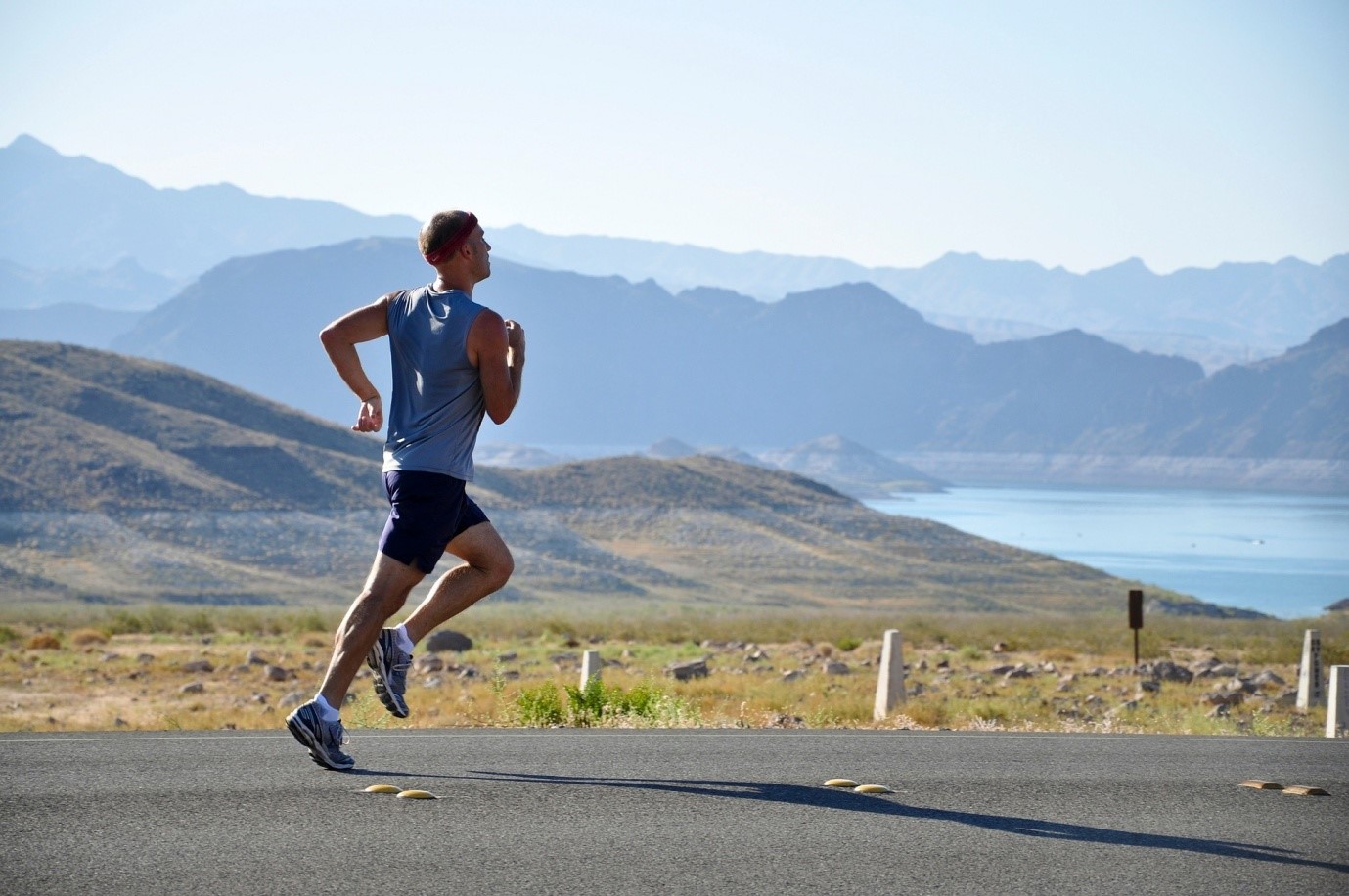
How to avoid a running injury after a winter hiatus
Now that winter is in the rear view mirror, many people around the country will be dusting off the running shoes, updating those apple watches and getting ready to hit the pavement running. Whether you hibernated completely over the winter or scaled back your physical activity, there is an increased risk of suffering an injury in the first few weeks of getting back into running if you jump in gung ho.
Not getting enough exercise is the cause of nearly 10% of premature deaths worldwide[1] and the benefits of running extend to improving mental health as well. The sunshine and balmy weather of spring in Sydney is the perfect excuse to start a running regime and by following these tips, you’ll go a long way to getting through the warmer months injury free.
- Ease into your spring running routine
In order to perform at our desired level and protect ourselves from injuries, we should always taper into any new exercise routines in order to avoid shocking the body. Start by running shorter distances and gradually build from there. As a general rule, don’t increase your distance run by more than 10-20 percent per fortnight without guidance. For example, if you ran 5kms, three times this week, your total weekly distance is 15kms. Try to run a total of 16.5km the next week and don’t run more than 18 total kilometres the following week and slowly build from there. Going to hard too soon means you may end up sitting out the first weeks of spring nursing an injury. Who wants that?
- Learn to understand the difference between an injury and pain
When you’re new to running long distances it is perfectly normal for your body to take some time to adjust and being a regular runner means you’ll probably feel a few different niggling aches and pains at different times. While pain and injuries usually go together, pain doesn’t necessarily mean you’ve got an injury and there are plenty of injuries that don’t cause pain where you’d expect it. Minor running injuries can be treated with some ice, rest and adjustment of load, while more chronic or serious injuries require the expert guidance of a musculoskeletal or sports specialist physiotherapist.
- Establish good stretching habits
Experts have long debated if runners should stretch, when to stretch, how to stretch and so on. Flexibility is often overlooked by runners but is a great way to help maintain your flexibility and range of motion. There is however, not much conclusive data on whether it reduces your risk of injury over the course of the long term. It is not recommended to stretch “cold” muscles and it’s best to stretch after your run or a warm-up when your muscles are warm and more pliable.
Don’t skimp on the cool-down either! Many musculoskeletal physiotherapists will agree that failing to cool down adequately is a major contributor to muscular and tendon injuries.
- Undergo a biomechanical assessment with your physio
This is doubly important if you are starting from relative scratch. Having a musculoskeletal physiotherapist go through your body’s movements in depth will pick up on any areas of weakness that may indicate an injury is more likely. A further benefit of undergoing an assessment with your physio is that they will be able to assess your running style to help you get the most efficiency out of each movement.
If you have a persistent ache or pain whether the result of running or another physical activity, it needs to be identified and addressed. Nobody likes being injured, but allowing something as simple as shin splints (tibial bone stress) to go untreated with continued overtraining, can cause tibial stress fractures, which will put you out of action for at least 6 weeks. The moral of the story is from little things, big things grow; this includes injuries.
Visit a pain and injury clinic at Lane Cove Physio for more information on starting a running program, identifying the difference between pain and injury and how to treat those niggling aches and pains before they progress to something more serious.
Photo: by Jonathan Colon www.skatesphere.com
[1] Lee, I., Shiroma, E.J., Lobelo, F., Blair, S.N., & Katzmarzyk, P.T. (2012). Effect of physical inactivity on major non-communicable diseases worldwide : an analysis of burden of disease and life expectancy.



